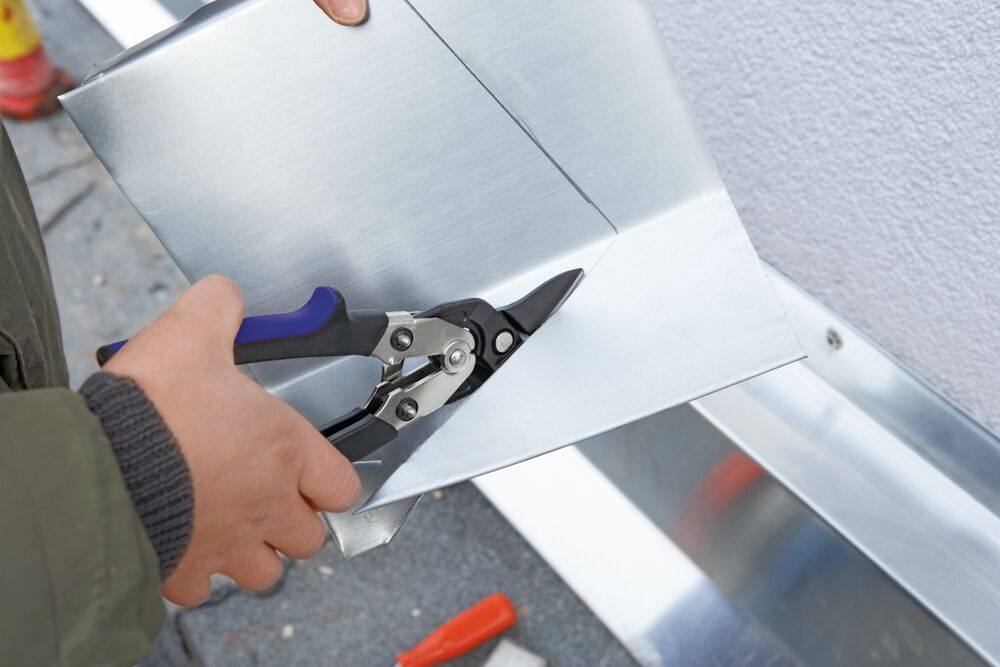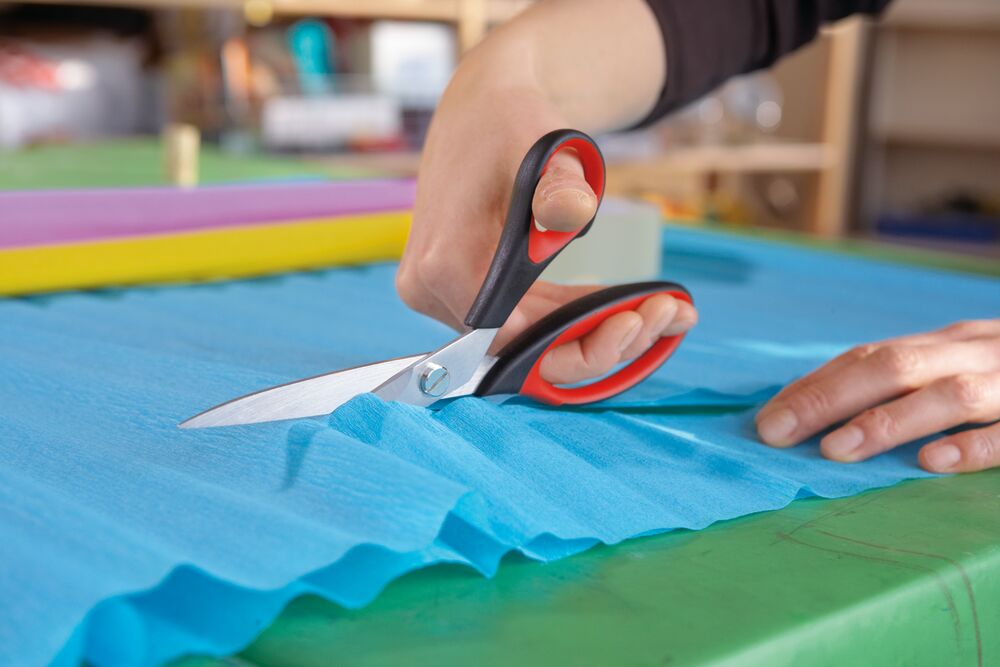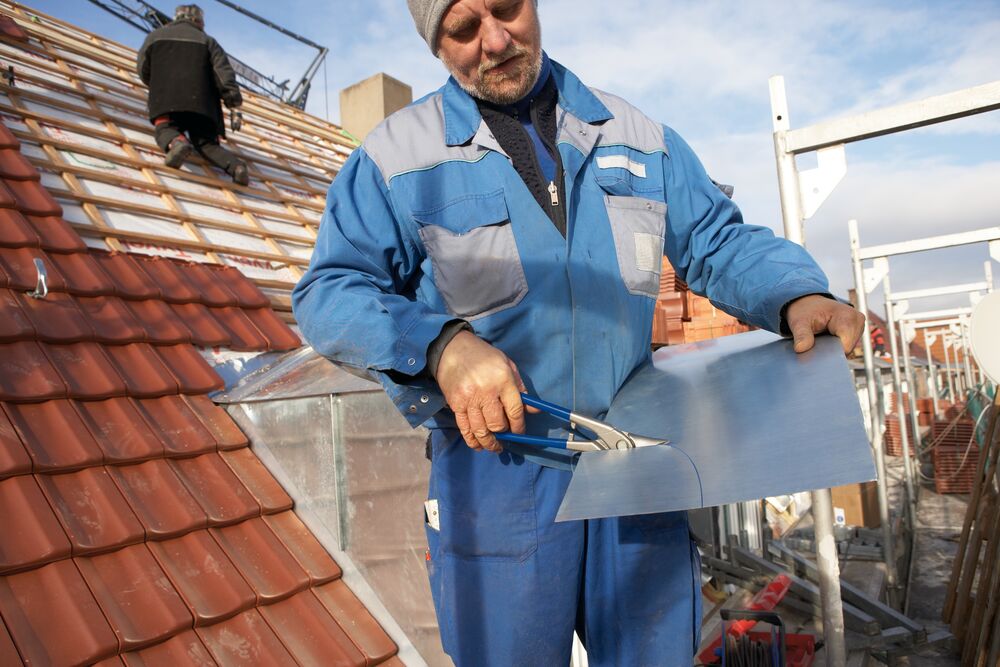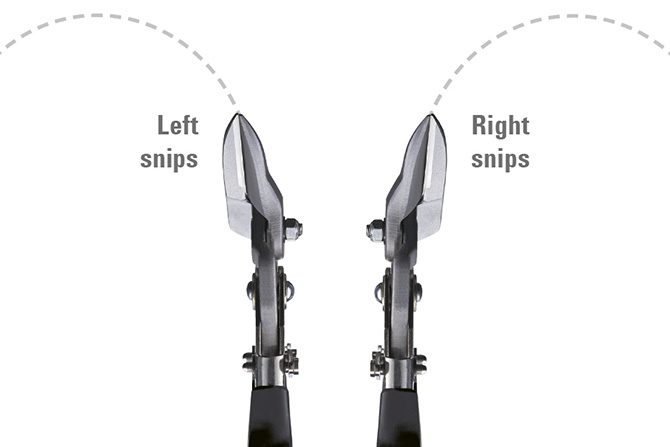Concebidas para um corte preciso: ferramentas profissionais para metal, chapa e muito mais
Preciso. Robusto. Desenvolvido para profissionais que trabalham diariamente com precisão.
Seja chapa, alumínio ou materiais delicados, na técnica de corte, cada corte é importante. A BESSEY oferece-lhe soluções inteligentes para isso: desde tesouras para chapa robustas e tesouras combinadas versáteis, passando por modelos com alavanca para máxima força, até facas de corte precisas e ferramentas multifuncionais manuais. As nossas ferramentas são concebidas para o dia a dia exigente da oficina e do estaleiro – e tornam o seu trabalho mais fácil, rápido e preciso.
Quando se trata de resultados precisos ao milímetro e bordas de corte limpas, pode confiar na BESSEY. As nossas ferramentas de corte oferecem um desempenho potente com pouco esforço – ideais para profissionais da construção metálica, serralharia ou para trabalhos precisos em casa. São pensadas ao pormenor, construídas para durar e perfeitamente adaptadas às suas necessidades. Assim, trabalha de forma mais eficiente, segura e com ferramentas profissionais que cumprem o que prometem.
Outras gamas de produtos para técnicas de corte
O que os utilizadores dizem sobre os nossos produtos
«Aprecio as tesouras manuais para chapas da BESSEY. Desde a minha formação, não pretendo utilizar outras ferramentas para cortar. São precisas e, acima de tudo, confortáveis de manusear.»
Mitsch
Flaschner







